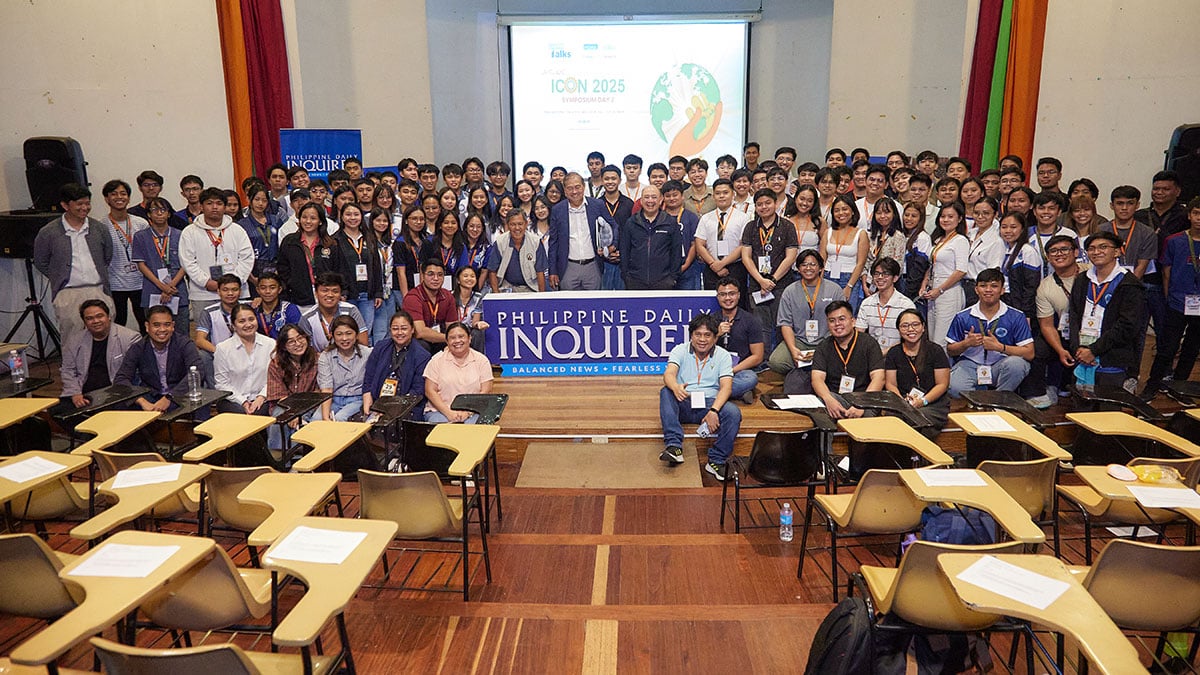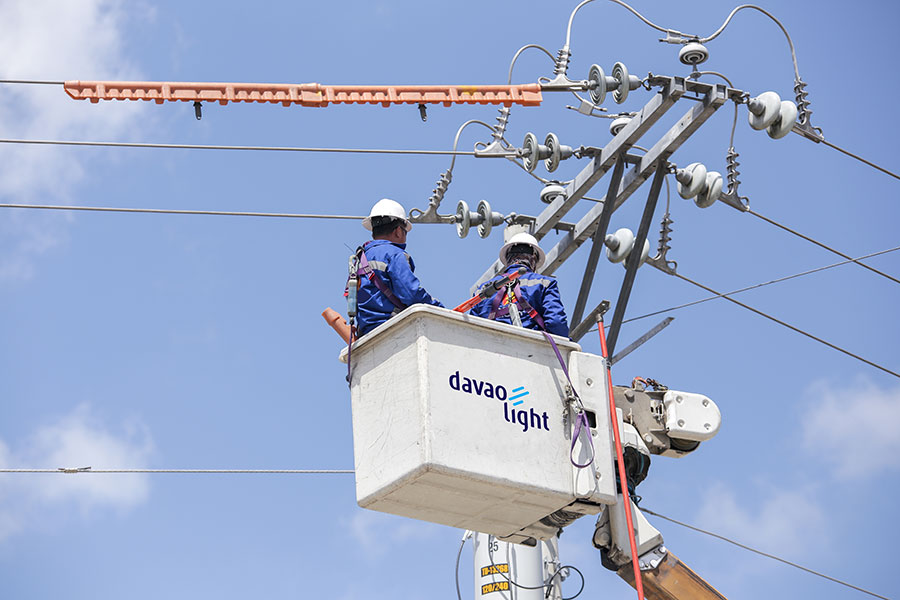Photo credit to Philippine Daily Inquirer
Last week, I had the honor of interacting with engineering students from different universities during the Inquirer’s Campus Talks at the Engineering Theater in Melchor Hall in UP Diliman. Tackling the topic of “Innovative Engineering for Sustainable Industry and Infrastructure” felt like a culmination of my days as a student in Melchor Hall, my 30 years working in energy, and now my current role as VP for Corporate Affairs in AboitizPower, one of the Philippines’ largest power producers and distributors.
It was encouraging to hear from the students, whose questions reflected genuine interest in the trajectory of the Philippine energy sector. Just so they knew the gravity and magnitude of the situation they’ll be facing soon (hopefully as professionals in the Philippine energy sector), my speech offered three important insights.
1. The Philippines has one of the lowest electricity generation per capita in the world. Generating just 1,008/kWh/person, the country is behind Singapore, Malaysia, and Thailand, and way below the 5,222/kWh/person average of upper-middle-income countries. Low energy intensity may indicate relatively limited access to electricity, which constrains the economy and social mobility. There are still over two million households that do not have electricity — most of which are in Mindanao — and many more suffer from insufficiency in supply and/or power network vulnerabilities.
Moreover, there are still areas in the country that are disconnected from the national grid, detaching them from the benefits of having more reliable and cheaper electricity. Just imagine how there are still households in this country that consume less electricity than the refrigerator in your home.
2. The Philippine economy is growing, and so will the demand for electricity that can be accessed whenever, 24/7. According to the country’s grid operator, power demand is expected to grow by an average of 5.6% annually between 2024 to 2050, with the Visayas projected to have the highest pace of growth among the three grids. At this current pace, demand for continuous and reliable electricity will double in the next 11 to 13 years.
Behind this increasing demand is growing electrification of far-flung sitios and barrios that replace their gas lamps with LEDs and electrically powered alternatives. Moreover, many families will be buying refrigerators, washing machines, and air conditioners for the first time.
The shift to electric vehicles and the growing role of data and artificial intelligence should also be taken into account. The adoption of behind-the-meter systems like solar rooftops, as well as the influx of variable renewable energy sources to the grid, will also change the landscape of electricity supply and demand. Dependency on electricity will become more and more pronounced.
3. The Philippines has to have a mix of technologies that allows for flexibility as the energy system of the future is built. Renewable energy cannot support all baseload, intermediate, and peaking power demands in the Philippines all at the same time without significant cost to consumers and the economy.
While solar and wind plants have improved over the many years, they still cannot produce as much electricity and as consistently as more traditional facilities, especially when the sunlight or wind is insufficient or lacking. To account for the needed electricity during the gaps when these are unavailable, other types of power plants and energy storage are needed to provide power. Much like utility bills, we must look at cost at a systems level, or when all sources are interacting with each other and their respective environments, and as they are subjected to the lows and peaks of average daily, weekly, monthly, and seasonal demand. Note that this total system cost might defray the cost of individual technologies.
The resulting flexibility will allow us to scale up certain technologies as and when they become economical and socially acceptable. A diverse energy system builds resiliency through redundancy, helping combat shocks to the whole system when a particular technology in the system fails or is impaired. But again, there is a cost to redundancy or resilience. There are also risks to adapting first-of-a-kind technologies as these implementations would likely cost more and take longer to implement.
Overall, it would mean working within the bounds of policies, physics, and economics to find creative but viable solutions that will deliver a stronger and more flexible Philippine energy system. These solutions need to be sustainable or economically viable. Otherwise the solution becomes an experiment in proof concept wherein replication is not economical. If it cannot be sustained, then it fails to deliver the benefits at scale.
If ever there was a message that resonated with them in my speech, I hope it was this: “I ask you to remain curious. To be an inquirer. This will allow you to develop more informed and balanced decisions. Without energy, we cannot build, move things, or stay connected. Engineers will figure a lot into what the things we want to do in the energy industry — building the energy system of the future while ensuring that the lights are still on today.”



